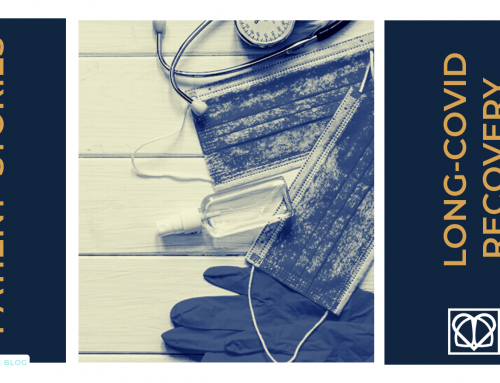
With EILO it’s common for the symptoms to emerge during strenuous exercise and then abate quite quickly after the exercise stops so it’s very difficult for a clinician to make a diagnosis when the patient is in a resting state. The best way to be properly diagnosed is for clinicians to conduct a real-time evaluation of laryngeal movement during exercise. The test – a continuous laryngoscopy exercise (CLE) test – involves using a flexible laryngoscope in a fixed position on specialist headgear. A local anaesthetic gel or spray will be applied to numb one of your nostrils before the laryngoscope is gently passed up the nostril to the back of your throat. You may experience a little discomfort but it shouldn’t hurt. The tube is then attached to a light headgear that looks like a headband to keep it in place, meaning you can exercise with ease. You’ll then be asked to exercise on a treadmill or exercise bike, and your laryngeal movement will be continually assessed by video.
If you’re diagnosed with EILO your clinician will discuss the most appropriate treatment for you. It can usually be helped significantly by respiratory physiotherapy input. Sometimes people are also referred to a speech and language therapist.
How can respiratory physiotherapy help?
-
you’ll be taught how to adopt a diaphragmatic-predominant breathing pattern rather than using your upper chest and neck muscles
-
you will learn breathing techniques to improve your laryngeal abduction during exercise, which will prevent and alleviate your symptoms
-
you’ll practice focusing on nasal breathing to increase the humidification of air as you breathe in which will help decrease laryngeal sensitivity
-
you’ll learn how to make simple lifestyle changes to improve your laryngeal hygiene The important thing to realise is that you don’t need to just put up with it and stop exercising. Getting a diagnosis and proper course of treatment will mean that you should be able to manage your symptoms more effectively and start to exercise symptom free!




